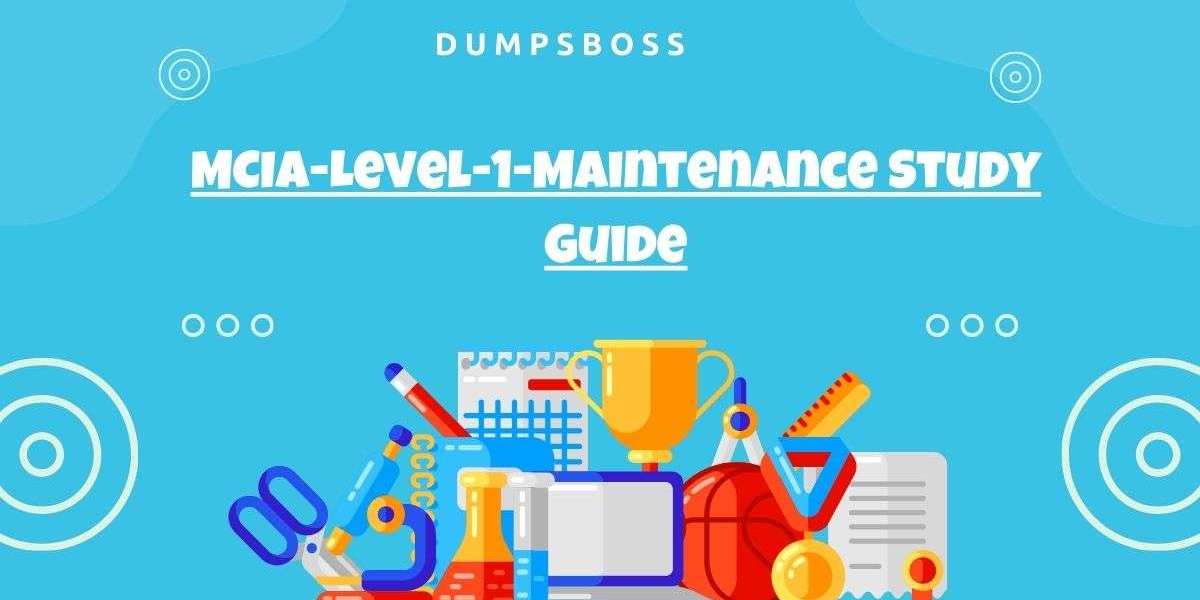What is the MCIA-Level-1-Maintenance Certification?
The MuleSoft Certified Integration Architect – Level 1 Maintenance (MCIA-Level-1-Maintenance) exam is a professional certification designed for individuals who are responsible for maintaining MuleSoft-based integrations and enterprise systems. This certification validates the candidate's ability to work on advanced integration and troubleshooting tasks in a real-world environment, ensuring that MuleSoft solutions are maintained efficiently, effectively, and securely.
The MCIA-Level-1-Maintenance exam is an important milestone for MuleSoft professionals, as it recognizes their knowledge and proficiency in the upkeep of MuleSoft integrations. Unlike the standard MCIA-Level-1 exam, which focuses on broader integration architecture concepts, the MCIA-Level-1-Maintenance certification specifically tests the skills needed to maintain, monitor, and troubleshoot MuleSoft deployments.
Importance of MCIA-Level-1-Maintenance Certification
The MCIA-Level-1-Maintenance certification plays a significant role in the career development of an integration architect. Here are some key reasons why pursuing this certification is essential:
1. Industry Recognition: Earning the MCIA-Level-1-Maintenance MCIA-Level-1-Maintenance Study Guide certification validates your expertise in maintaining MuleSoft systems, making you a valuable asset to any organization that uses MuleSoft for integration solutions.
2. Career Advancement: Certified professionals are often preferred by employers for roles that involve maintaining and troubleshooting integration systems.
3. Expertise in MuleSoft: The certification ensures that you possess the skills to manage the complexity of MuleSoft integrations, including monitoring, upgrading, and optimizing integrations in a production environment.
4. Enhanced Problem-Solving Skills: The MCIA-Level-1-Maintenance exam evaluates your ability to solve real-world problems related to MuleSoft integrations. This includes troubleshooting, performance optimization, and ensuring compliance with best practices.






